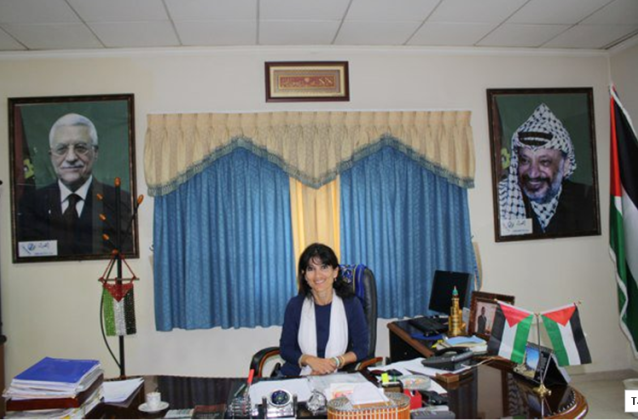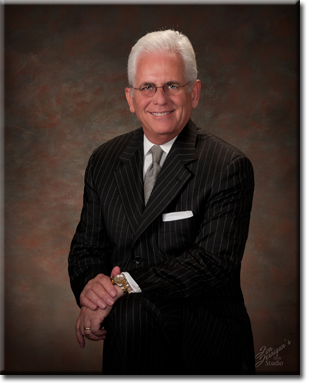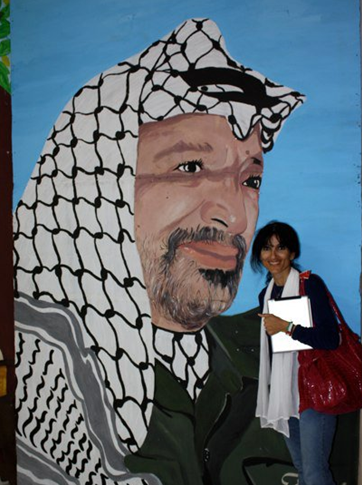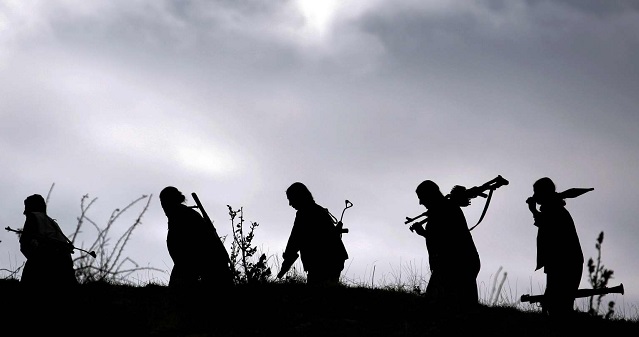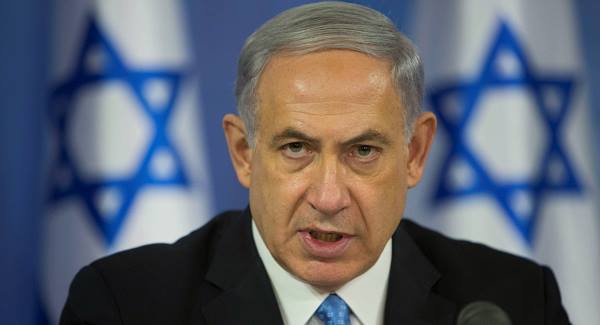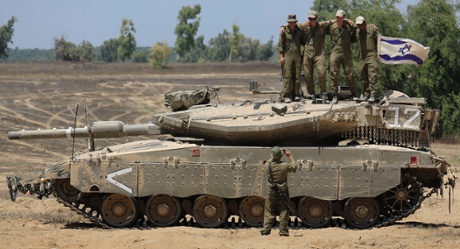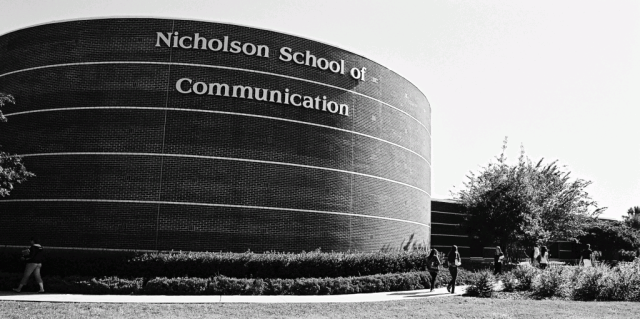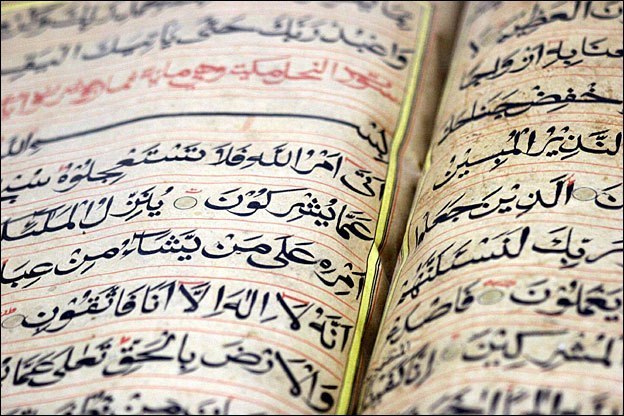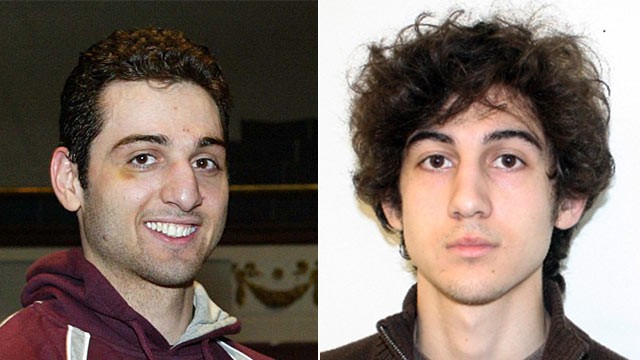Florida Mayor takes bold stand against Terrorism!
Mayor Kent Guinn took a bold stand against terrorism on Tuesday, when he and the City Council rejected attempts by terrorist sympathizer Manal Fakhoury (pictured above) to marry the city of Ocala, Florida to Ramallah, Palestine via Sister Cities International, a United Nations driven initiative.
A request to formally align the City of Ocala, which is affectionately known as horse country and the city of Ramallah which is better known for anti-Semitism and terrorism was submitted by Manal Fakhoury, a Palestinian herself, as well as Karin Dean, Cindy Grimes, and Lola Gonzales in the official capacity of Fakhoury Leadership International.
Ramallah, is the Capitol city of the Palestinian Authority. The P.A. was birthed out of the Palestine Liberation Organization (PLO), a federally designated Terrorist Organization which by all appearances changed its name in an effort to distance itself from its violent nature.
The application which was meet with strong opposition and dated 10/16/2014 was heard by the City Council, on Tuesday 11/18/2014. Some in support of the initiative to twining the cities of Ocala and Ramallah, showed up wearing Fakhoury Leadership International T-Shirts. Those who spoke in favor of a formal agreement via Sister Cities International, framed the initiative as an attempt to to promote peace and mutual understanding.
Suggesting Ramallah as a stalwart city in any effort to promote peace and mutual understanding in light its long history of terrorism is a stretch to say the least. Recent Jihadist attacks on Jewish citizens, attacks the Israeli Prime Minister attributes directly to PLO leader Mamoud Abbas who is headquartered in Ramallah add additional skepticism to Fakhourys’ stated mission. Comments by Israeli leadership regarding recent attacks give a glimpse at the kind of influence Ocala could expect from such an alliance:
Prime Minister Netanyahu said incitement by Hamas and Abbas motivated attacks on Jews. “This is a direct result of the incitement lead by Hamas and Abu Mazen (Abbas), incitement that the international community irresponsibly ignores. We will respond with a firm hand to this brutal murder of Jews who went to pray and were scathed by despicable murder.”
Economy Minister Naftali Bennett (Habayit Hayehudi) said that “Abbas, one of the biggest terrorists to have arisen from the Palestinian people, bears direct responsibility for the Jewish blood spilt on tallit and tefillin while we were busy with delusions about the [peace] process.” (Haaretz.com, 18 November 2014)
Manal Fakhoury, is a tireless activist whose long history ties her to individuals and groups whose stated mission is to impose Sharia Law around the world, to include the United States.
In addition to membership in several Ocala organizations, Fakhoury is board member of United Voices for America (UVA) a spin-off of CAIR, as well as the Capitol Leadership Academy (CLA). Co-founder Ahmed Bedier launched UVA after jumping ship just prior to Council on American Islamic Relations (CAIR) being designated a Co-conspirator in the largest successfully prosecuted terrorism finance trial in U.S. history. Members of CAIR have been convicted of terrorism, material support for terrorism, and it’s leadership has openly expressed their desire to replace the U.S. Constitution with sharia law. This is not a freedom of speech or 1st Amendment issue, but is in fact a direct challenge to Article VI of the U.S. Constitution and its supremacy.
Ironically, CAIR was designated a TERRORIST ORGANIZATION by the United Arab Emirates (UAE) just this past week along with the Muslim American Society (MAS), both Muslim Brotherhood entities, while at the same time both organizations enjoy unprecedented influence in local, state, and federal politics.
Capitol Leadership and similar Academies have sprung up in over 25 states, following the model set by Manal Fakhoury and Ahmed Bedier. These Academies were designed to train 12-18 year old “minorities” almost exclusively Muslim to learn the ins and out of legislation, lobbying, and running for political office.
According to “student(s)” we placed inside two of these week long classes. Ahmed Bedier said “I want clean Muslims in office in the next two years”. In light of this information, it might be worth considering the fact that the Muslim Brotherhood used similar operations to gain legitimacy, influence, and eventually the Presidency in Egypt during the so called “Arab Spring”.
The Gainville Sun, reported that Mayor Guinn displayed an article detailing these connections titled “Manal Fakhoury: Possibly the Most Dangerous and Influential Woman in Florida Politics“, as well as other pictures of her beaming in front of pictures of Mamoud Abbas and Yasser Arafat. Mayor Guinn stated:
“These are things I am concerned about, are the ties of Ramallah, Manal, and this group of people like pictured there,” Guinn said.
He added, “I am not going to pursue having a sister cities, twinning relationship, whatever you want to call it, for a lot of reasons, this being one of them.”
Sister Cities International, is a U.N. entity which facilitates the twinning of cities worldwide, providing guidance, formal agreements, and liaison between twinning cites and federal and international bodies.
One of the stated goals; is for the twinning to be mutually beneficial partnerships between peer communities to include exchanges in the fields of culture, arts, education, trade, municipal management, health agriculture and industry to name a few. In addition, Cities may provide Sister City Organizations with financial support.
Historically, the Palestinian people have been a “refugee” people who have had little to offer in the way of agriculture and industry on a global basis. Almost certainly any support would be directed towards Ramallah and not the City of Ocala or its residents. Other than art and culture not much is left in the way of a mutually beneficial partnership.
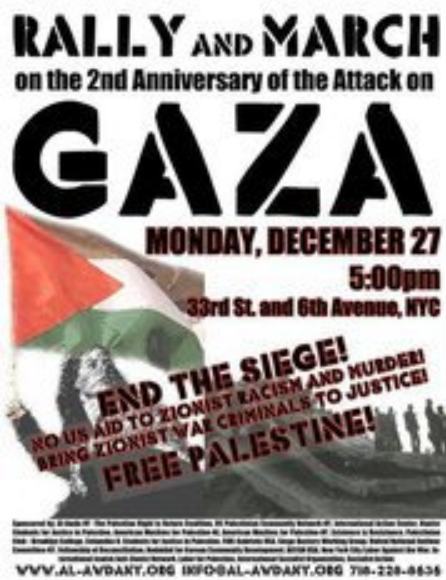 Even CULTURE is suspect when you consider the following point(s):
Even CULTURE is suspect when you consider the following point(s):
Islam is a complete way of life for Muslims; meaning it is all encompassing and there is virtually no separation between the culture, religion, or the personal life of a Muslim.
Shabbir Mansori, founder of the Council on Islamic Education which is responsible for virtually all Islamic content in America’s public school textbooks succinctly illustrates the Islamic inseparability between culture and goals of Islam in regard to his statement regarding his work America’s Public School system.
“I am waging a “bloodless” revolution, promoting world cultures and faiths in America’s classrooms”.
Gainesville Sister Cities Director Steve Kalishman said 20 percent of Palestinians are Christian and there is no fighting going on in Ramallah. He said Gainesville has a “great Sister City.” as reported in Gainsville Sun.
This is a standard Muslim Brotherhood talking point which flies in the face of the fact that thousands of Christians have had to flee areas under P.A. control with a steady rise in attacks since the Oslo Peace Accords. Christian population has dropped from 15% down to only 2% since just the 1960’s.
In her arrogance, Fakhoury said “I don’t think he knows what he is talking about,” Fakhoury said of the mayor. “If he really had any concern, why wouldn’t he speak to me?” in regard to Mayor Guinn.
She said the Sister Cities program is a positive one and that if any city needed a sister city, Ocala did. she went onto say “I really thought our city was better than this. I think people know me”.
She said she has worked hard for the city of Ocala, a clear reference to her relentless outreach and involvement in dozens of groups. Statements which on the surface suggest that the backward, redneck City of Ocala obligated to oblige her based on she had done for the community.
She went on to affirm her commitment to terrorism, saying “There’s a ton of support in the city of Ocala. I just didn’t bother doing it that way. But we will continue our work (with Ramallah) without a relationship,” she said.
Fakhoury called commissioners’ lack of interest “disheartening” and “sad.” She said there is a blog online by ACT Jacksonville that is smearing her reputation.
By now it should be clear to those seriously considering the information provided in this article and links, that Manal Fakhoury is a passionate and driven woman. Whose drive and support comes with certain expectations which may be diametrically opposed to the health and well being of our local, state, and ultimately national body politic.
Riayd and Manal Fakhoury’s, impact on Florida Politics has been significant on both sides of the isle. They regularly fund and host fundraiser in their home for various Governors, Senators, House Members and Attorney Generals with Hamas Operative Ahmed Bedier frequently in tow.
It is very refreshing to see elected officials who have the discernment to recognize a clear and present danger, as well as the courage to act in the best interest of the community despite the risk of being labeled a racist?, hatemonger, bigot, or Islamaphobe.
Hat Tip to the City of Ocala, Mayor Kent Guinn, Council President John McLeod, James P. Hilty Sr., Brent Malver, Jay Musley, and Councilwoman Mary S. Rich.

